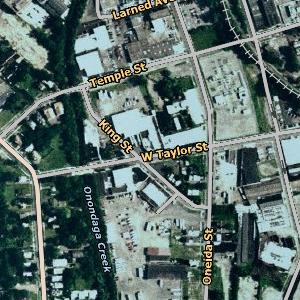Senator Obama said in a major speech, “race is an issue that I believe this nation cannot afford to ignore right now.” The New York Times columnist Bill Kristol presumed that this comment would lead to a national discussion similar to the one that Bill Clinton formally launched in 1997, complete with op-eds, academic panels, and blue-ribbon commissions. Kristol hated the idea. “With respect to having a national conversation on race, my recommendation is: Let’s not, and say we did.”
I wouldn’t be nearly as snarky as Kristol was about that idea. However, I find it interesting that two of our most experienced and thoughtful organizers of public discussions have separately argued against having a formal dialogue on the topic of “race.”
Rich Harwood wrote, “I do not believe a so-called ‘national conversation’ on race is the way to go, if that means a repeat of former President Clinton’s effort on this matter. Remember the national commission he appointed, which soon became embroiled in endless issues about its focus? That initiative had all the negative trappings of a high-falutin’ blue-ribbon panel: formal hearings with far more posturing than conversation. After a much ballyhooed launch, the commission landed with a thud.”
Rich offers six good pieces of advice regarding interracial dialogues, including this one: “It is important to actually do something together (the size and scope of the action does not matter as much as the action itself), because conversation alone cannot create the bonds of trust and relationships that we need. Deeper connections will emerge only by rubbing shoulders and finding solutions together to common challenges, demonstrating to ourselves and others that progress is possible.”
Martha McCoy, the executive director of Everyday Democracy, has organized many Study Circles in racially divided communities. She provides a great post about how to make those conversations work. Like Harwood (but unlike Kristol), she thinks that we need to talk about racial tensions and about disparities in social advantages by race. But we need to talk in contexts where people can raise conflicts of interest and values, work through their differences, and accomplish something together. In other words, the issue cannot be reduced to our attitudes about race (why we “pre-judge and fear one another”), but must encompass the ways our communities and institutions are structured. In Study Circles, participants have patiently and carefully addressed gaps and disparities in ways that have led to real change.
So we need local conversations with racial differences very much on the table. We also need national conversations or deliberations about concrete policy options in various domains. It would be great, for example, for Congress to fund national public discussions about climate change and agree to hold hearings on the report that citizens wrote deliberatively.
But I’m not at all convinced that a formal, national discussion of “race” would be focused enough to produce tangible change. If it led nowhere, it would be worse than nothing at all.
